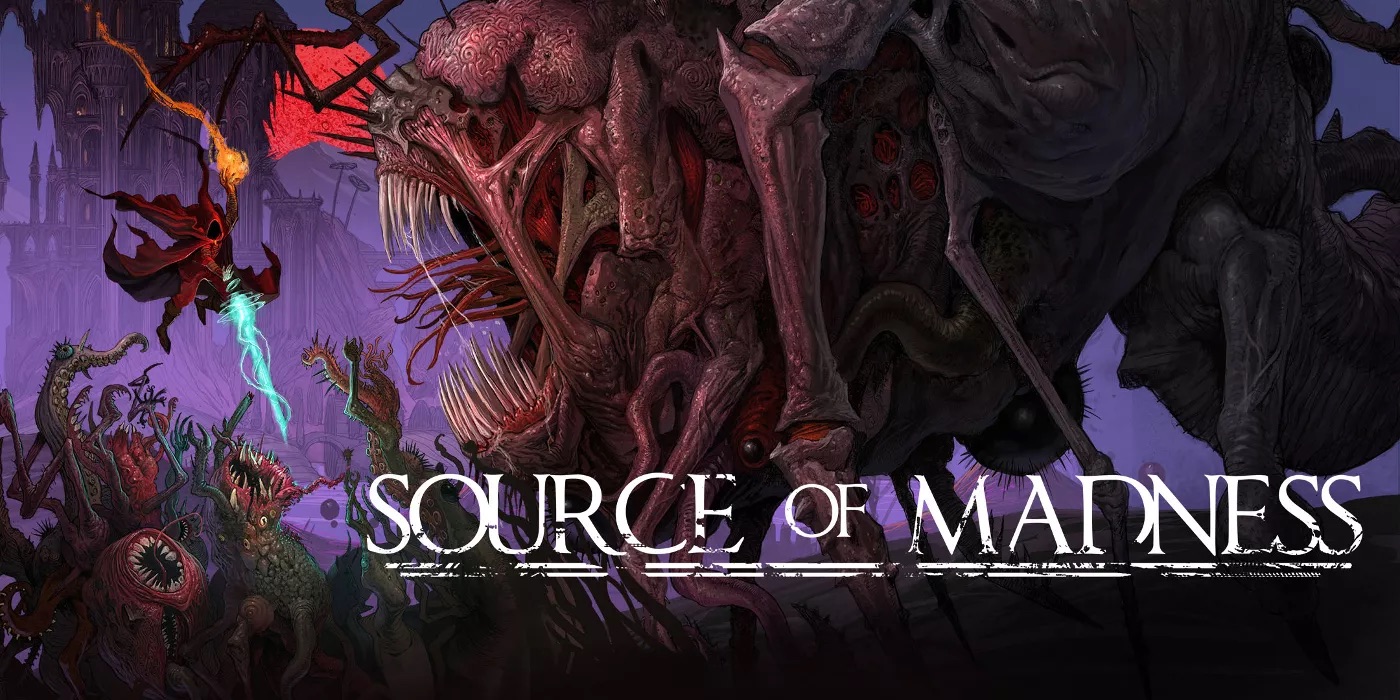When I started VGamingNews in 2011, it seemed that I was solely writing about post-apocalyptic open-world games thanks to the success of Fallout 3. A few years later, it seemed every other developer was looking to force RPG mechanics into everything (I’m looking at you Assassin’s Creed). So far in the 2020s, we’ve seen an influx of dark and moody ‘Soulslikes’ juxtaposed against a resurgence of adventure-rhythm games. While the industry has ebbs and flows with whatever is popular, from platformers, shooters or MMOs, one genre is seeing a consistent release every few months – Roguelikes. Billed as a hybrid platformer-meets-beat ’em up, roguelikes open the door for some very clever storytelling, often with procedurally generated levels. Source of Madness is one roguelike that has gained popularity since its initial 2021 release and is seeing a boom in popularity thanks to a physical edition courtesy of Super Rare Games.
At A Glance
| Source of Madness | |
| Positives | + Gothic visuals + Satisfying gameplay + Meaningful upgrades |
| Negatives | – Enemies don’t obey the laws of physics – Confusing menu system – The Grind, oh the grind |
| Overall | 7/10 |
| Played On | PS5 |
| Also Available On | Nintendo Switch, PC, PS4, Xbox Series X|S, Xbox One |
| Find out about our scoring policy here. | |
Developed by Carry Castle, a one-man developer and backed by publisher Thunderful, Source of Madness is a side-scrolling dark action roguelike that is set in a procedurally generated Lovecraftian-inspired world filled with various nasties. Players take on the roles of Acolytes as they embark on a nightmarish odyssey. Starting from the safe haven of a cathedral they set out to explore the Loam Lands in order to find the *ahem* source of madness that enveloped the land.
Colour me cynical, but when something is described as Lovecraftian, it’s usually code for ‘we got messed up octopus creatures.’ I think the description is overdone to the point that I wouldn’t be surprised if Nintendo markets the Splatoon 4 as a love letter to HP Lovecraft himself. That being said, Source of Madness is absolutely spot on with its comparison. The gothic setup with Source of Madness is one of grim intrigue that pulled me straight into the world of the Loam Lands in a way that I’ve not experienced for a little while. The two-dimensional world leaves a lot of story up for interpretation, with very little text that relies more on innuendo than directly telling you what’s going on. But the dark and grim land is full of melancholy and gothic tropes creating a moody atmosphere that simply wins you over. As I explored the nine worlds that make up the roguelike, I was struck by how consistent the foreboding tone within Source of Madness took me, especially considering each level changes with every playthrough. The design feels like it is two steps removed from a grotesque lovechild between Tim Burton and Guillermo Del Toro.
If the opening moments weren’t a signifier of the game’s tone, then the strange shapes fill the lands, vines populate the natural forest levels, jagged rocks cover the underground and even in the starting town area will certainly drive the point home. There’s barely a straight edge to be found through the environments, twisting and turning in an almost unnatural way, much like the enemies who awkwardly roll around the Loam Lands. Unlike the typical Chtulu-esque monsters that spring to mind when thinking about Lovecraft, each monster is more of a gloopy mass of black with either claws that try to pin the unsuspecting cultist to the ground or sacks of unholy poisons that slow down their prey.
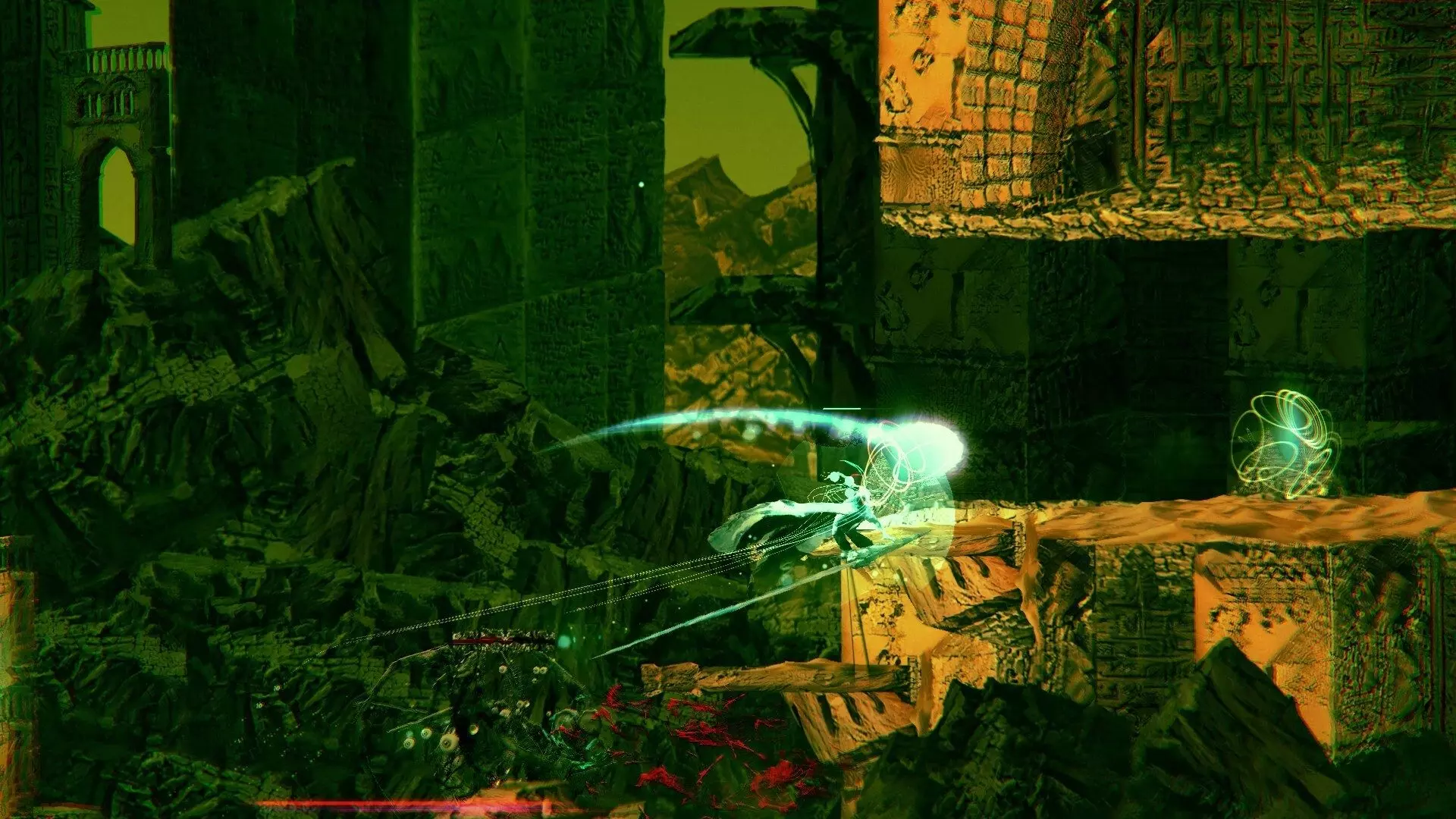
While the baddy designs are positively unholy to look at, they are unfortunately the worst part of Source of Madness. Each set of enemies is unique to one of the nine areas I explored and while they appear frightening, and have a horrible screech before speedily attacking, they are easily dispatched by smashing the attack buttons. Bigger enemies that split into smaller enemies and bosses can prove to be a bit more time-consuming, but it’s nothing that a barrage of bullets and some well-timed dodges can solve. The biggest challenge I faced wasn’t the attacks from any of the creatures but rather their obsession with flaunting the laws of gravity as they often bounced from the ground into the stratosphere more often than NASA’s space programme.
Enemies that rocket into the sky aside, the game itself has a finely balanced difficulty system. Nothing is ever too hard, the enemies can be hit from a distance and the levels are well-sized so that if you do need healing, it’s towards the end of the level. I found that examining the random loot to equip more powerful weapons was the only caveat to making meaningful progression. The constant rhythm of acquiring items and checking their stats meant a lot of dipping in and out of a clunky menu but it’s a necessary evil that’s required to make progress. As with other roguelikes, Source of Madness does give the option to upgrade the cultists and weapon drops to make the proceedings even easier but to fully unlock everything will take hours and hours of grinding.
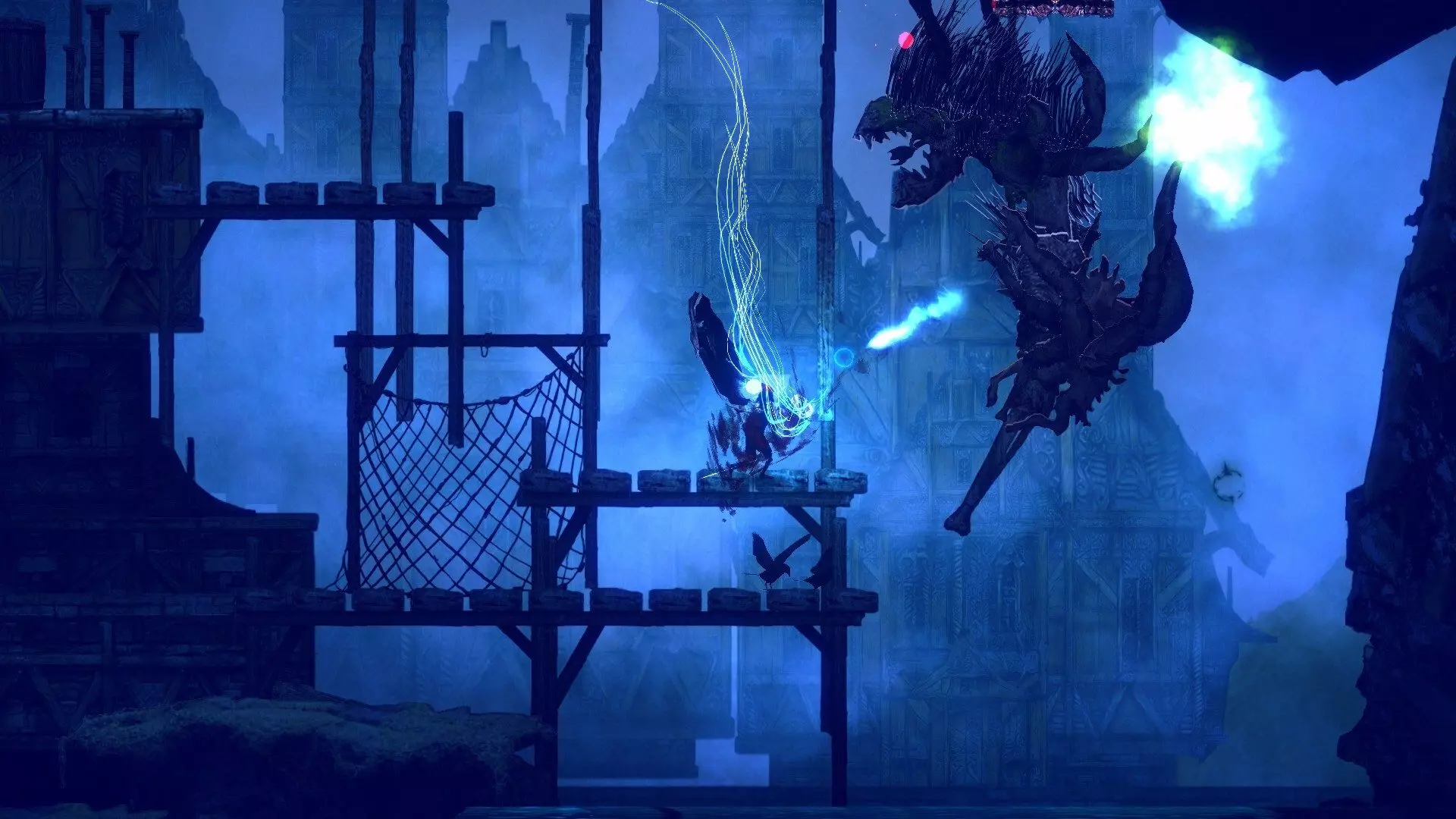
For completionists, Source of Madness is aptly named, the main story itself only lasts a handful of hours (my first playthrough took most of an afternoon), but to 100% everything will take much, much longer than that. The thought of spending hours upon hours replaying the same levels might be too much for some but not everything in Source of Madness is as dark and foreboding as Batman’s personality. The game takes on an occasional sense of dark humour, like the Book of the Dead. The game employs permadeath so once a character is killed, that’s it. Their name gets written into the book with how long they lasted and how many kills they racked up. The grim presentation for me was simultaneously hilarious and brutal, but it’s one way of lightening the tone somewhat.
Source of Madness is one game that stands out from the ever-growing roguelike crowd. The very nature of the genre means that there is a long grind in front of players but the team at Carry Castle has done an excellent job at making sure the gameplay is as engaging as it can be. Restarting over, over, over and over again never feels like a chore, rather it sets a target for you to beat. Sure, Source of Madness has its flaws, particularly the odd enemy design and vague story, but if you are in the market for something that is super accessible, easygoing and looks as gothy as a Tim Burton film, then Source of Madness is a game I’d recommend.
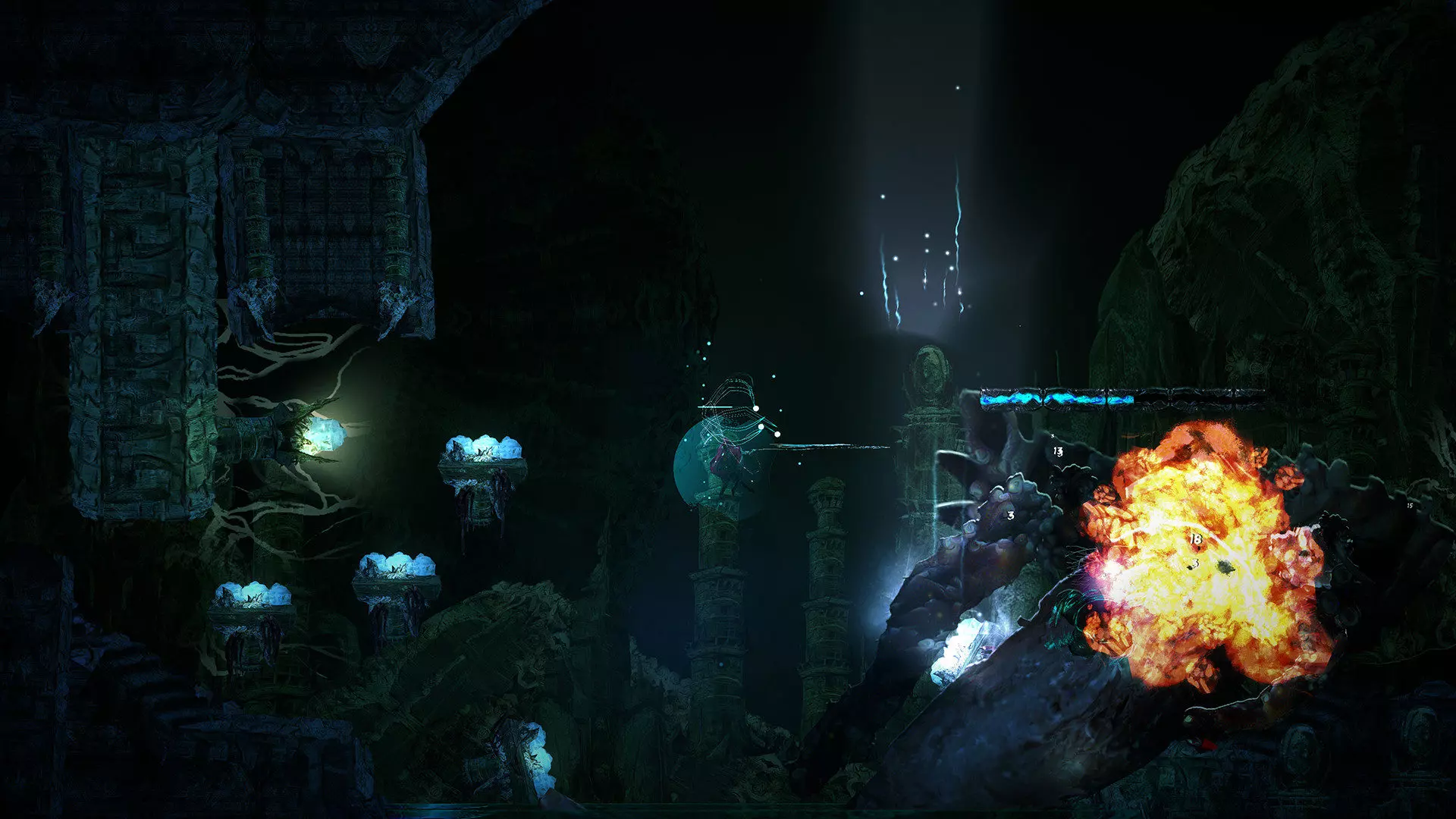

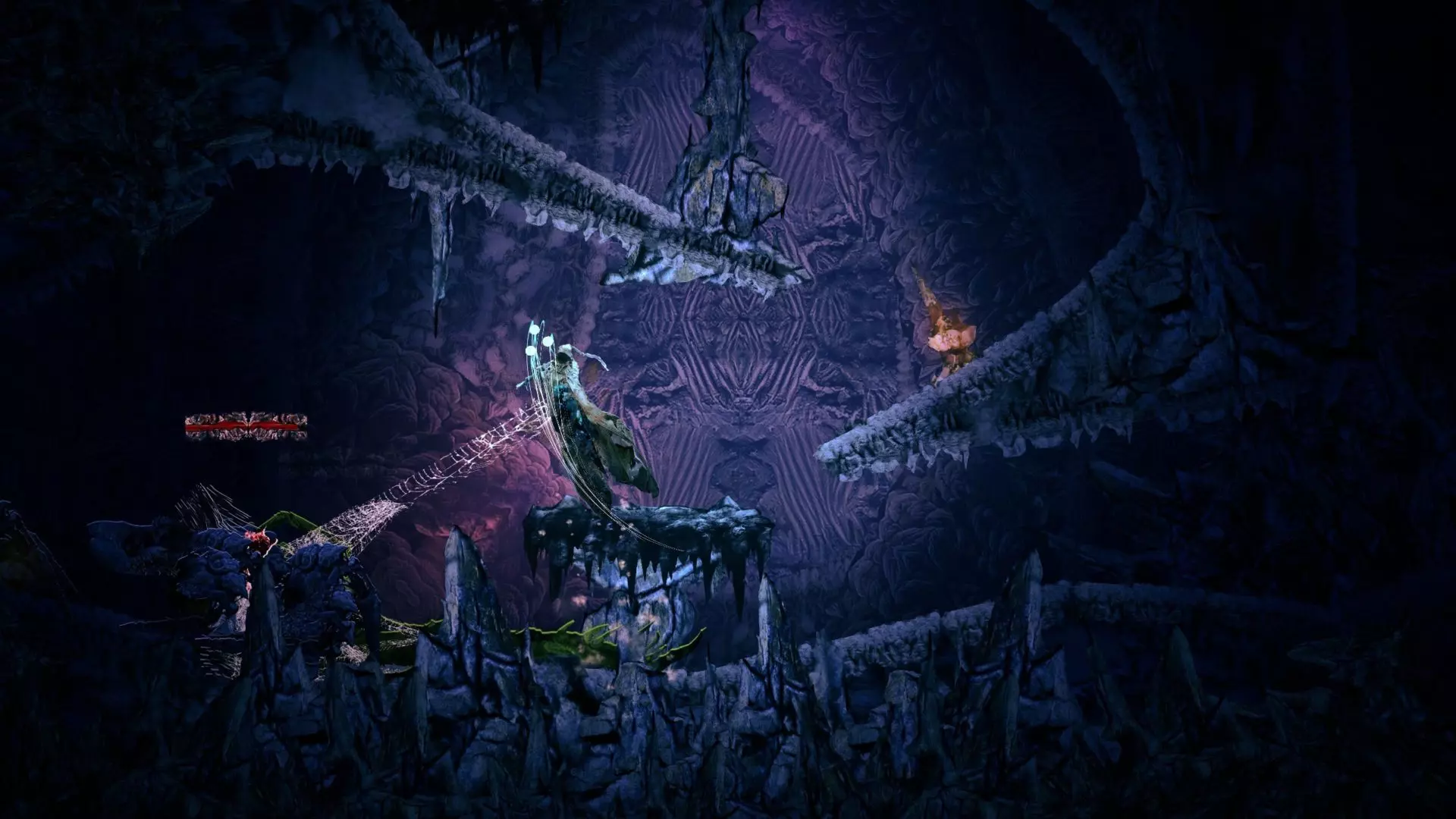
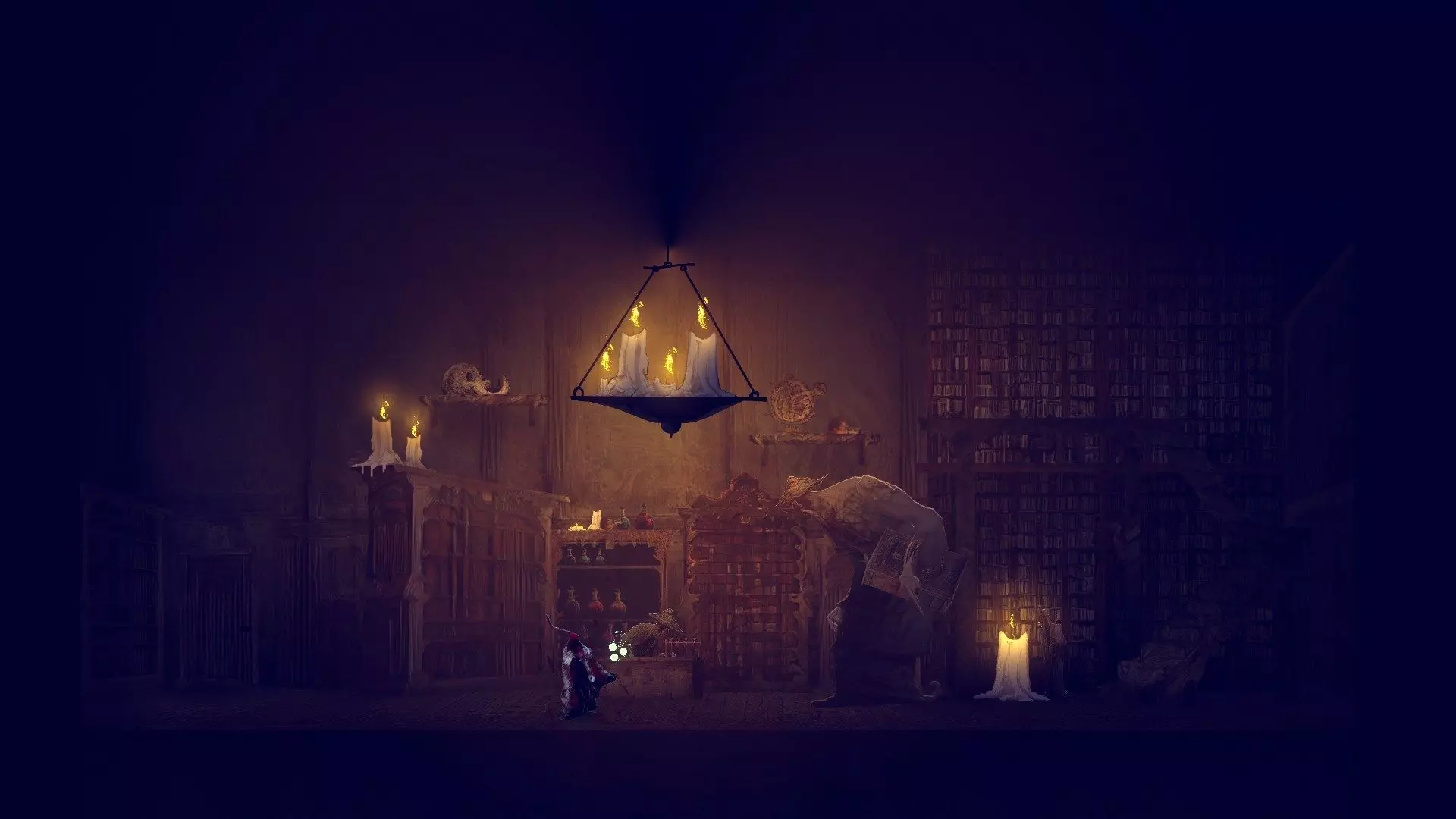

In the interest of full disclosure, VGamingNews was provided with a copy of the game to conduct this review. At the time of writing, there are still physical copies of Source of Madness available from Super Rare Games.
Thanks for taking the time to read our review. If you’d like to support us further, please consider buying us a coffee!

